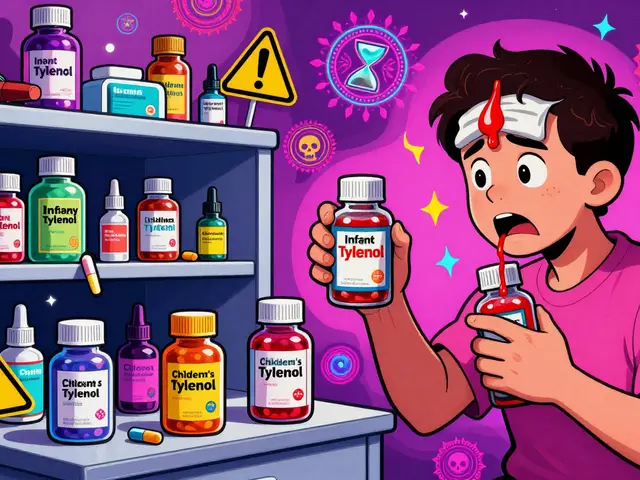Fluid management made simple: what to start, when to slow down
One quick fact: giving the wrong fluid or too much of it can cause real harm. Fluid management isn't just about pouring water in — it's about matching the type, amount, and speed to the person’s needs. Below are clear, practical steps you can use whether you’re caring for someone at home after vomiting or checking IV orders in a clinic.
Quick assessment and goals
First, ask what the problem is: loss (vomit, diarrhea, sweating), low intake, or a need to support blood pressure (sepsis, bleeding). Check these basics: heart rate, blood pressure, skin turgor, mouth moisture, urine output, and weight if available. Your goals are simple — restore circulating volume if shocked, prevent dehydration if mild, and avoid fluid overload if the person has heart or kidney issues.
Practical choices and monitoring
Oral fluids come first for mild cases. Use plain water plus an oral rehydration solution (ORS) for vomiting or diarrhea — ORS replaces salt and sugars safely. Sports drinks are okay for light dehydration but not ideal for heavy losses because they miss key electrolytes. If the person can’t keep fluids down or is unstable, IV fluids help.
For IV, crystalloids are the go-to. Normal saline (0.9% NaCl) is common, but many clinicians prefer a balanced solution like Lactated Ringer’s for routine resuscitation because it’s gentler on the kidneys and acid-base balance. Start with small boluses — often 250–500 mL — then reassess: is blood pressure improving? Is urine output rising? Repeat if needed. Fast correction matters in shock; slow, careful changes matter for long-standing electrolyte problems.
Watch urine output closely — a quick target to remember is roughly half a milliliter per kilogram per hour in adults, but tailor this based on health conditions. Daily weights, lung exam for crackles, and oxygen needs help spot fluid overload early. If swelling or breathing trouble appears, slow or stop fluids and call for review; diuretics may be needed.
Special situations change the plan. People with heart failure, advanced kidney disease, or cirrhosis tolerate less fluid and need careful balancing. Hyponatremia (low sodium) must be corrected slowly; too-fast correction can cause serious brain injury. In contrast, severe dehydration or sepsis may require rapid volume to save organs.
Practical checklist before giving fluids: know why you’re giving them, pick the right type (oral vs IV, balanced vs saline), start with a small bolus if IV, reassess often, and watch for signs of overload. When in doubt, slow down and reassess or ask a colleague. Good fluid management is mostly about frequent checks and small adjustments — that keeps people safer than big one-time decisions.
8 Alternatives to Lasix for Effective Fluid Management
Exploring alternatives to Lasix can be crucial for those seeking effective fluid management solutions. This article outlines several options, detailing their benefits and drawbacks. Whether you're considering pharmaceuticals or lifestyle changes, understanding the variety of diuretics available can guide better health decisions. Each alternative offers unique pros and cons, providing a comprehensive view of potential treatments.





